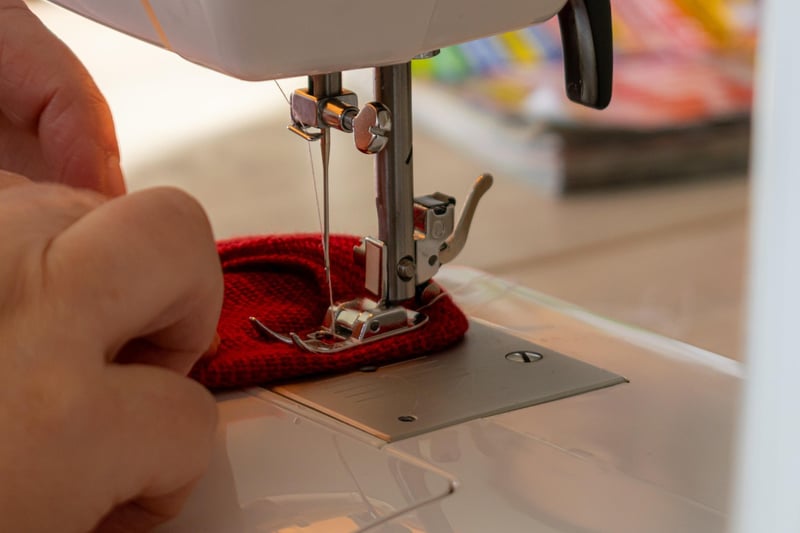Sustainable Clothing
The Rise of Sustainable Clothing and Style
In recent years, there has been a significant shift in the fashion industry towards sustainability. Consumers are increasingly becoming aware of the environmental and social impacts of fast fashion and are seeking more ethical and eco-friendly alternatives. This has led to the rise of sustainable clothing and style, which focuses on creating fashion in a way that is environmentally friendly, socially responsible, and economically viable.
What is Sustainable Clothing?
Sustainable clothing refers to garments that are produced using eco-friendly materials and processes, with a focus on reducing the overall environmental footprint. This includes using organic cotton, recycled fabrics, and natural dyes, as well as implementing sustainable production practices such as zero-waste manufacturing and ethical labor standards.
Key Features of Sustainable Fashion
- Use of organic and natural materials
- Recycling and upcycling of fabrics
- Reduced water and energy consumption
- Fair labor practices and ethical working conditions
- Transparency in the supply chain
Benefits of Sustainable Clothing
Opting for sustainable clothing and style offers numerous benefits, including:
- Reduced impact on the environment
- Support for ethical and fair labor practices
- Promotion of circular economy principles
- Contribution to social responsibility and community development
- Cultivation of a unique and personal style
How to Embrace Sustainable Style
There are several ways to incorporate sustainable fashion into your wardrobe:
- Shop from sustainable brands and designers
- Buy second-hand or vintage clothing
- Support local artisans and craftsmen
- Invest in high-quality, timeless pieces
- Learn to repair and care for your garments
By making conscious choices and supporting sustainable clothing, you can not only enhance your style but also contribute to a more environmentally friendly and socially responsible fashion industry.

Image source: Pixabay
